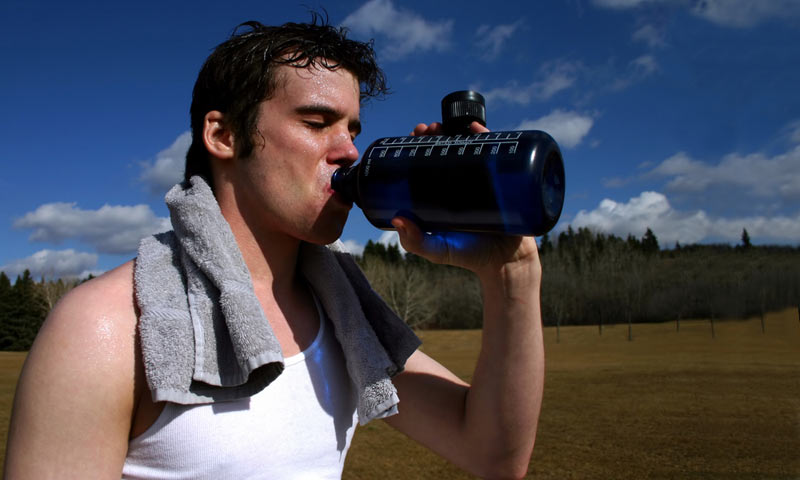What is Heat Stroke?

As the thermometer rises, it's vital to keep our body's internal climate from doing the same to avoid suffering a heat stroke.
The body works hard and literally sweats in order to stay at 98.6 degrees Fahrenheit. Dehydration or sweltering humidity can cause this cooling system to stop functioning and push body temperatures up to a dangerous 106 degrees Fahrenheit within 10 or 15 minutes. Such overheating can damage the central nervous system, including the brain, spinal cord, and other organs. Without treatment, heat strokes can fatal.
About 175 to 200 Americans die from heat-related illnesses each year, according to estimates by the National Oceanic and Atmospheric Administration.
Whether by being exposed to an extremely hot environment for an intolerable length of time or by doing too much physical activity in scorching weather, anyone is susceptible to a heat stroke. The symptoms will also be apparent: hot, dry, red skin; high fever; vomiting; confusion; seizures during cooling; and unconsciousness.
"Heat stroke is not an accident," says Marilyn J. Heine, M.D., an emergency physician in Bucks County and a member of the Pennsylvania Medical Society. "Over the summer, we see too many cases of heat-related illness in the emergency room, but it's a condition that generally can be prevented with a little effort and lots of common sense."
To keep cool from the burning heat, it is important to remember to limit strenuous activity, drink plenty of water, wear loose clothing, and to avoid caffeine and alcohol which can speed up dehydration. Additionally, find ways to chill your surroundings by using a fan, opening windows, and turning up the air conditioning.
Follow Life's Little Mysteries on Twitter @llmysteries. We're also on Facebook & Google+.
Sign up for the Live Science daily newsletter now
Get the world’s most fascinating discoveries delivered straight to your inbox.










